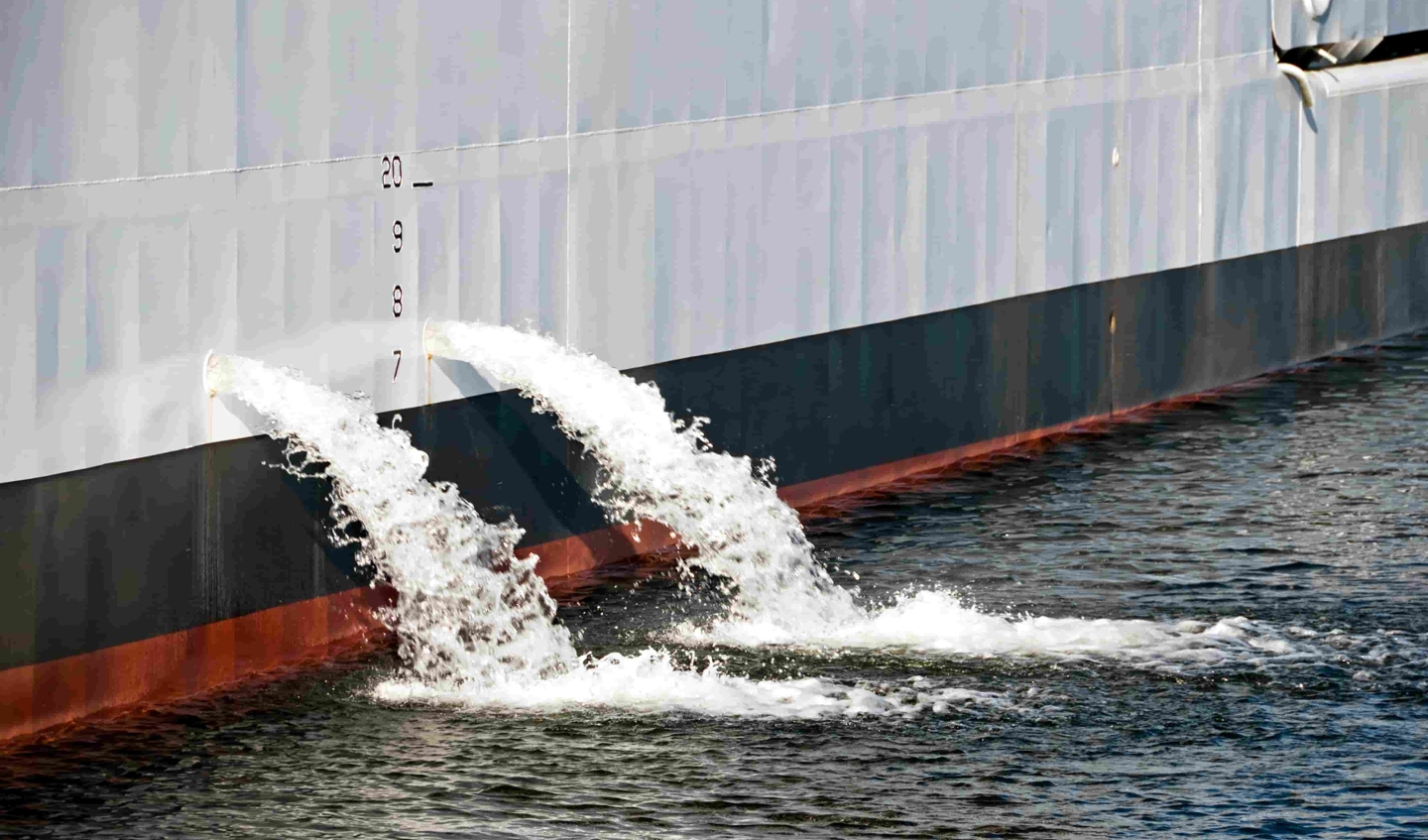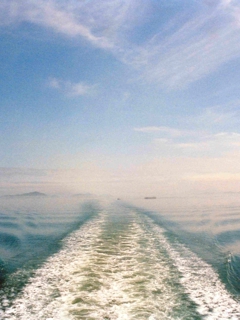Shipowners have adopted a range of different strategies about ballast water treatment systems and their mandatory installation. First movers, who installed systems at an early stage, have used them as intended since then. It’s a priority for these owners who see environmental, social and governance (ESG) issues as a top priority.
Although their motives were laudable, these owners may have missed out on some of the recent technology developments in system design. Others took a different approach, waiting for technology advances to ensure that their investment was safe.
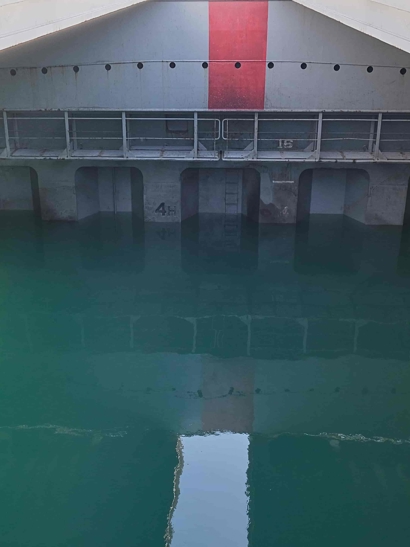
Different dynamics
But there are still a large number of owners and operators who have chosen to leave system installation until the last minute. They may feel comfortable that they have the issue in hand, but circumstances have been changed dramatically by the Covid pandemic, and the market dynamics today are very different.
Supply chains have been disrupted, and key components including microchips, filters, piping and cables have been subject to delivery delays and, in some cases, full-scale supply stoppages. Ballast water system manufacturers have been forced to adopt new just-in-time production strategies. The result is that many providers now have their system production booked up months in advance.
But the clock is ticking. It’s now more than four years since the Ballast Water Management Convention entered force, but we believe that the peak installation period has not yet happened. In fact, we anticipate that the peak period is likely to extend from now until the deadline in September 2024.
The compliance schedule means that ships of more than 400 gross tons (gt) must have ballast water treatment system installations by the time of their second International Oil Pollution Prevention (IOPP) renewal survey before that date. Meanwhile, vessels of less than 400gt which are not required to have IOPP surveys, but still need system installations, must also have these completed by that time.
Lifecycle economics
As the peak installation period looms, there are other issues to consider too. Aggressive pricing by some manufacturers seeking to make the most of the peak market may appear attractive at first sight. But it is important to take the long view and consider the possible lifecycle costs of system purchase, installation and operation.
It is also important to have clarity from manufacturers on after-sales service, as well as scope to upgrade and ‘future-proof’ systems. Providers’ track records in respect of improvements and upgrades to system design and technology can be helpful.
Often, the process is more complicated than owners expect. From July this year, compulsory commissioning testing procedures will be required for all ships. An approved service provider will be needed to undertake the testing procedure, but it is the responsibility of every shipowner to assure the validity and suitability of the subcontractor. There will need to be assurance that there is no conflict of interest with system manufacturers, for example.
As the 2024 deadline approaches, we expect port authorities and their port state control inspectors to adopt stricter guidelines with respect to system operation. So far, most administrations have taken a relatively soft ‘experience-building’ approach, but the efficacy of installed systems is likely to be viewed more closely in the months ahead. This is already evident in ships trading to the United States, where US Coast Guard requirements are stricter, and a tougher compliance regime is already in place.
There is also the issue of ship repair capacity. Once again, the impact of the pandemic is being felt in key ship repair regions, particularly China, but also in other Asian repair yards more generally. Scope to have technical representatives from system manufacturers in attendance at the time of installation is often essential, but this has proved difficult to arrange on many occasions recently.
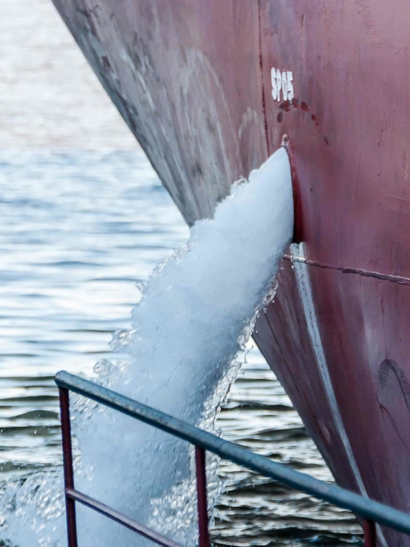
Lifecycle economics
As the peak installation period looms, there are other issues to consider too. Aggressive pricing by some manufacturers seeking to make the most of the peak market may appear attractive at first sight. But it is important to take the long view and consider the possible lifecycle costs of system purchase, installation and operation.
It is also important to have clarity from manufacturers on after-sales service, as well as scope to upgrade and ‘future-proof’ systems. Providers’ track records in respect of improvements and upgrades to system design and technology can be helpful.
Often, the process is more complicated than owners expect. From July this year, compulsory commissioning testing procedures will be required for all ships. An approved service provider will be needed to undertake the testing procedure, but it is the responsibility of every shipowner to assure the validity and suitability of the subcontractor. There will need to be assurance that there is no conflict of interest with system manufacturers, for example.
As the 2024 deadline approaches, we expect port authorities and their port state control inspectors to adopt stricter guidelines with respect to system operation. So far, most administrations have taken a relatively soft ‘experience-building’ approach, but the efficacy of installed systems is likely to be viewed more closely in the months ahead. This is already evident in ships trading to the United States, where US Coast Guard requirements are stricter, and a tougher compliance regime is already in place.
There is also the issue of ship repair capacity. Once again, the impact of the pandemic is being felt in key ship repair regions, particularly China, but also in other Asian repair yards more generally. Scope to have technical representatives from system manufacturers in attendance at the time of installation is often essential, but this has proved difficult to arrange on many occasions recently.
System operation
Some shipowners are reporting that their installed systems do not function effectively in certain weather conditions or ports. This is often due to high sediment content and has forced some owners to take untreated ballast water on board in port, bypassing the treatment system, and subsequently exchanging the ballast water plus treatment at sea during the voyage to the next port.
Under Regulation D-1, vessels can undertake such a ballast water exchange at least 200 nautical miles from the coast and in water depths of at least 200 metres. Ships do not have to deviate from their passage plans, provided that these conditions are met, but the exchange process may affect transit times and generate vessel stability issues.
There have been several submissions on this matter to the IMO’s Pollution Prevention and Response Subcommittee and it is now receiving attention. A Correspondent Group is set up by MEPC 78 to agree into convention review plan (CRP) where ‘ports with challenging water conditions’ is one of the main topics. Meanwhile, at the Subcommittee’s most recent meeting, PPR 9, held remotely in April, participants discussed the protocol for verifying ballast water compliance monitoring devices.
A correspondence group will assess the outstanding issues of laboratory testing and the development of a standard reporting format. Effective monitoring devices may well prove extremely useful in assuring that system equipment is installed correctly and functioning as it should in future compliance monitoring.
Another issue could affect the system operation is the reliability and accuracy of the sensors associated with ballast water treatment systems. There are sensors that are safety related, for example hydrogen sensors, oxygen/ozone sensors, etc. and others that are performance related, for example, Ultra Violet Intensity (UVI), Ultra Violet Transmission (UVT), Total Residual Oxidant (TRO), Oxygen Reduction Potential (ORP), salinity, etc. It is important that manufacturers define maintenance and calibration requirements for such sensors and shipowners follow these instructions.
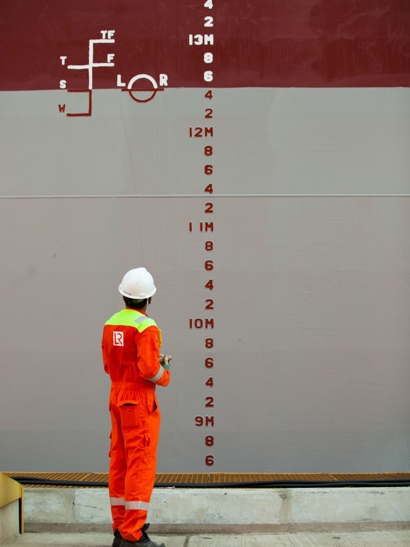
Blocked filters
Treatment technologies are developing all the time. For example, several manufacturers have recently launched filter-less systems in a bid to stop systems blocking. Partial or total filter blockages can cause delay to cargo operations, increased time in port, and reduced ship productivity. It’s important to note that filter problems could also be caused by improper care, for example, incorrect assembly following inspection/manual cleaning by the ship’s crew.
However, we urge caution on system choice – filter-less systems may be suitable for some ship installations, but not others. The filter-less systems are essentially modified versions of existing chemical injection and electro-chlorination designs. Several of the new systems have now been type-approved and we are continuing to work with other manufacturers who are incorporating design improvements to their latest systems.
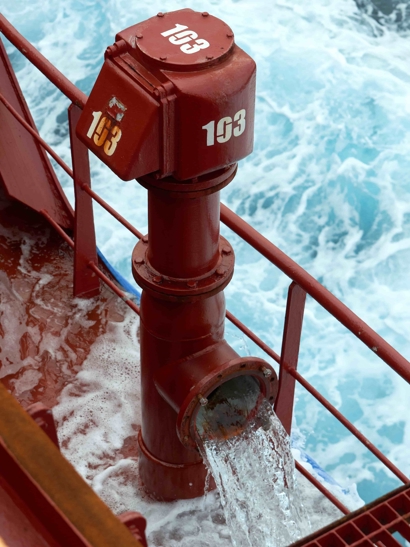
Set a timeline
We recommend that shipowners who still have to install treatment systems should work backwards from the second IOPP renewal survey, if they have not already done so. And, for the reasons outlined above, it is important to build more time into the installation schedule. If systems have not yet been ordered, waste no time in placing a contract and establishing a timeline on system delivery, repair yard availability and, of course, price.
It is also essential for shipowners to consider the specific requirements of their flag administration. Having now signed the Ballast Water Management Convention, many are now implementing their own local regulations as well.
For example, a ballast water treatment system installed on a UK or Canadian-flagged vessel must have a type approval issued by the flag authority itself. This additional process can take several days to weeks. This is just one example; there may well be other requirements to consider.
As a classification society, we are well-versed with these types of issues and we can, for example, issue type approvals on behalf of the Maritime and Coastguard Agency for the UK flag, and Transport Canada for ships flying the Canadian flag. We can also issue type approvals on behalf of many other flag administrations.
In summary, we urge shipowners not to wait until the last minute because there is a growing number of uncertainties that are likely to prevail for the foreseeable future. Not meeting the deadline is not a business option, so we recommend that both our clients and other shipowners proceed with all speed.
Commissioning testing – not as straightforward as you might think!
We urge shipowners and operators to focus closely on the commissioning testing process and to collaborate with a party which can provide guidance and support. It is a mandatory requirement that forms part of the installation and commissioning survey of ballast water treatment installations, prior to certification. Ballast water management systems commissioning testing now is a mandatory requirement.
It is important not to confuse the ballast water management systems commissioning testing process with commissioning of the ballast water treatment system itself. Installation and commissioning of the system, as well commissioning testing are part of the initial survey, which must be completed in accordance with class and statutory requirements. The commissioning testing report is needed for successful completion of a survey before an International Ballast Water Management Certificate can be issued.
The commissioning testing process consists of two parts. One is the sampling and testing of ballast water. The other is to make sure that the ballast water system’s self-monitoring parameters work and that it has been installed correctly and commissioned to meet the required performance standards.
There are guidelines set out in IMO Circ.70/Rev.1 on how the process should be carried out and further information can found in this LR guidance document. A key point here is that the commissioning testing must be undertaken by an independent LR approved service provider, not the system manufacturer. Nor can the approved service provider have any relation to the ballast water system manufacturer, yard or its supplier that could potentially generate a conflict of interest.
For ships classed by LR and with effect from June 1, 2022, the commissioning testing process must be undertaken by an LR approved service provider, or a provider approved by respective flag administration, audited by the classification society and examining issues including experience, knowledge and operational procedures. It is the shipowner’s responsibility, however, to ensure that the service provider has no conflict of interest with either the system producer or the installing party.
Another point to watch out for is that some system manufacturers, as well as shipyard-based marine engineering firms, offer turnkey installation services. These packages sometimes include the commissioning testing process for which the system manufacturer, rather than the shipowner, may pay the bill. However, once again, this ballast water management system commissioning testing must be undertaken by an appropriately validated independent third-party service provider.






